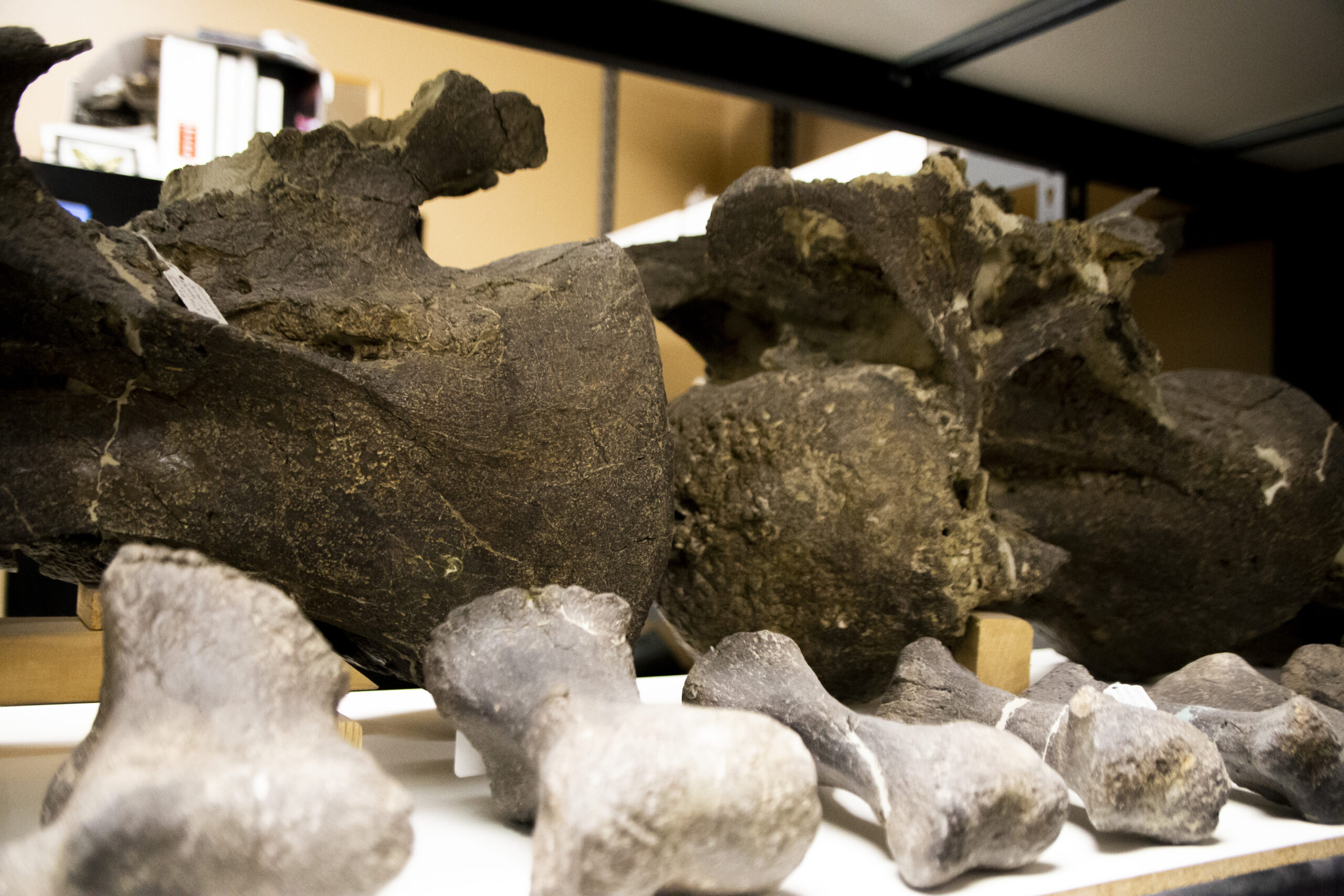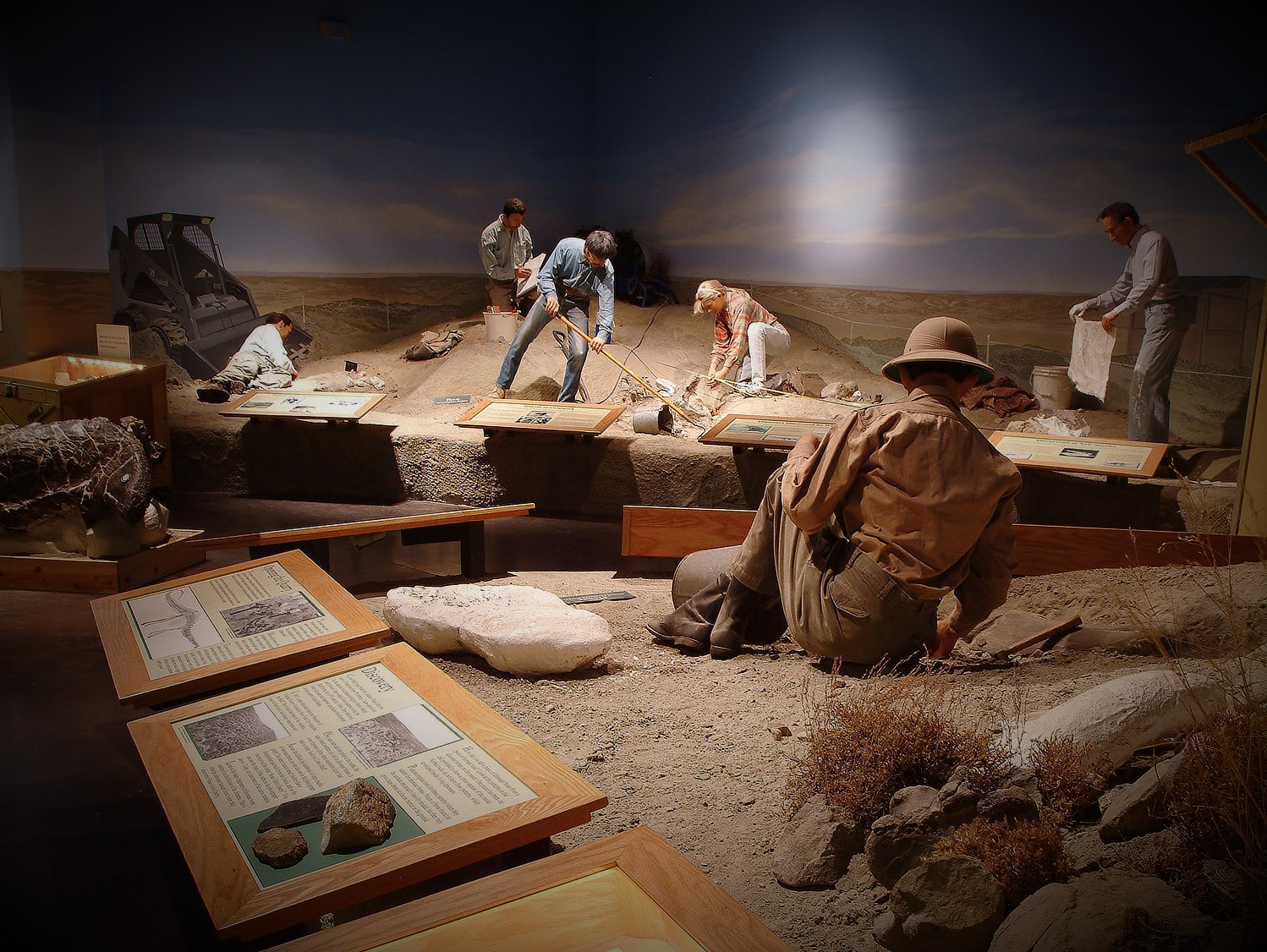The science of Paleontology, as we know it today (the study of ancient life as it is discoverable by fossils), began in the 1700s when scientists began to map rock formations and classify fossils. Paleontology’s supposed father, Georges Cuvier, established the discipline of comparative anatomy in the process of identifying fossils. They would ask, “Which living animal has bone structure and/or arrangement closest to that of what we have discovered?”
After that, there was a bit of trial and error, which can only be expected. Gideon Mantell in the early 19th century who placed an Iguanodon’s thumb spike on the end of its snout because he thought it was similar to a rhinoceros iguana. Edward Drinker Cope in 1868 who placed an Elasmosaurus head on its tail. For a time, it was believed that Stegosaurus has two brains and that Brachiosaurus lived underwater. All of these though, in time, were corrected.
New theories were being developed; new dinosaurs were being found. Similarities between skeletal remains meant new classifications with shared characteristics and the differentiation between species. Every time a new dinosaur was found, a new puzzle was born. The difficulty level depended on how alike it was to what was alive or what had previously been identified.
Our on-site paleontologist, Rick Hunter, explains the ways paleontologists go about deciding which dinosaur has been discovered and where all of the bones go.
Before the digging even starts, paleontologists learn the age of the rocks and the formation they plan to explore. This narrows down the possibilities of what could be found. Unless, of course, it is something that has never been found before. This is where comparative anatomy comes into play. Extensive research is then performed to decide if it really is new, and if it is…. well, whoever finds it gets to name it – which Rick said is a whole other process.
He says that dinosaurs are vertebrates – animals with a backbones – and have the same basic bones as all other vertebrates. The number of bones depends on the type of dinosaur (long tail, long neck, etc.). Though those bones may vary in size or slightly in shape, they have the same names and same diagnostic features. Because vertebrate paleontologists know their stuff (i.e., understand skeletal anatomy) they can recognize the diagnostic features of a bone, even if it is fragmented, and identify it. “Teeth are also an important diagnostic that is used. Every dinosaur genus has its own distinct tooth structure. The diagnostic features of all the bones help to identify the family group, or genus, and can fine-tune down to the species.”
Fragmented bones, naturally, are harder to identify, but if they are found next to bones that have diagnostic features, they can usually be ascertained. If bones have been severely damaged by erosion or are poorly preserved, there is a higher chance of error. But paleontology has come a long way since the 18th century, and “for the most part, I think we have it down pat,” he says. “It’s science, but not rocket science!”




